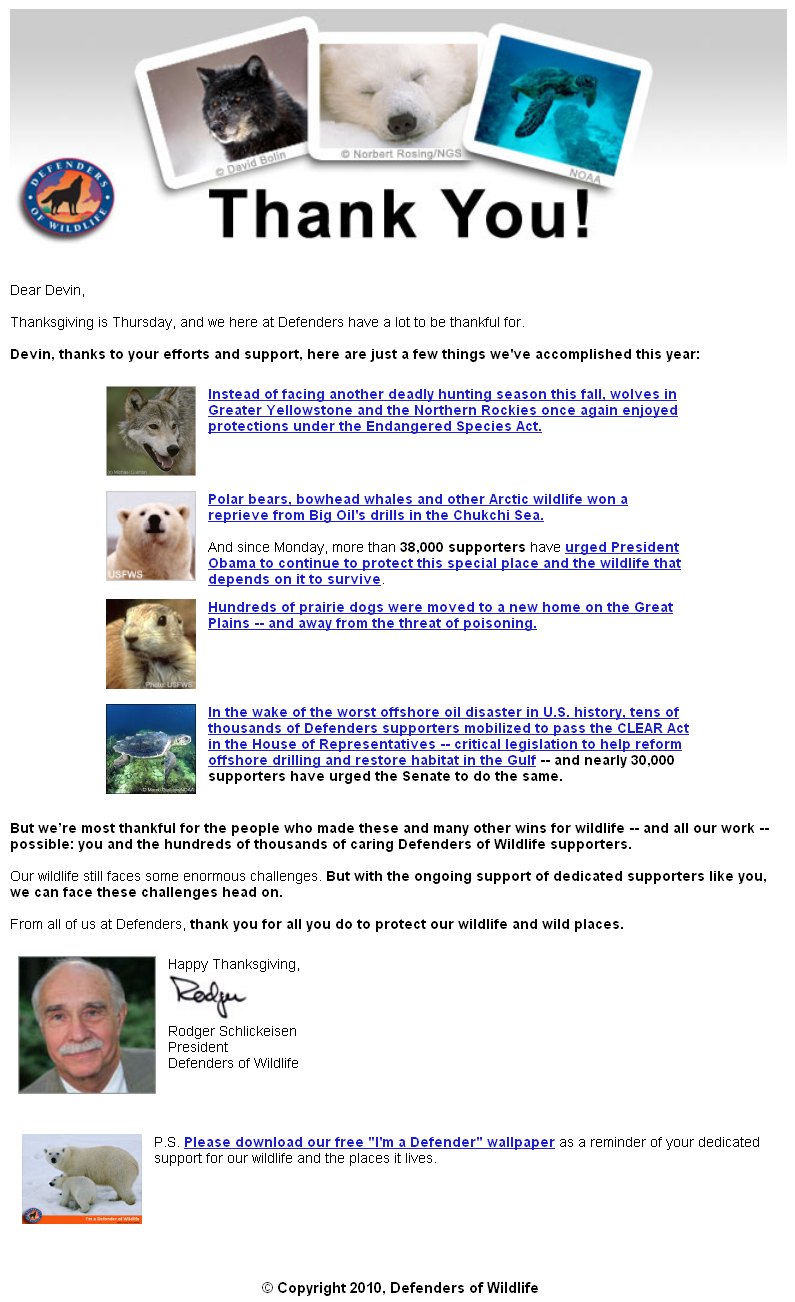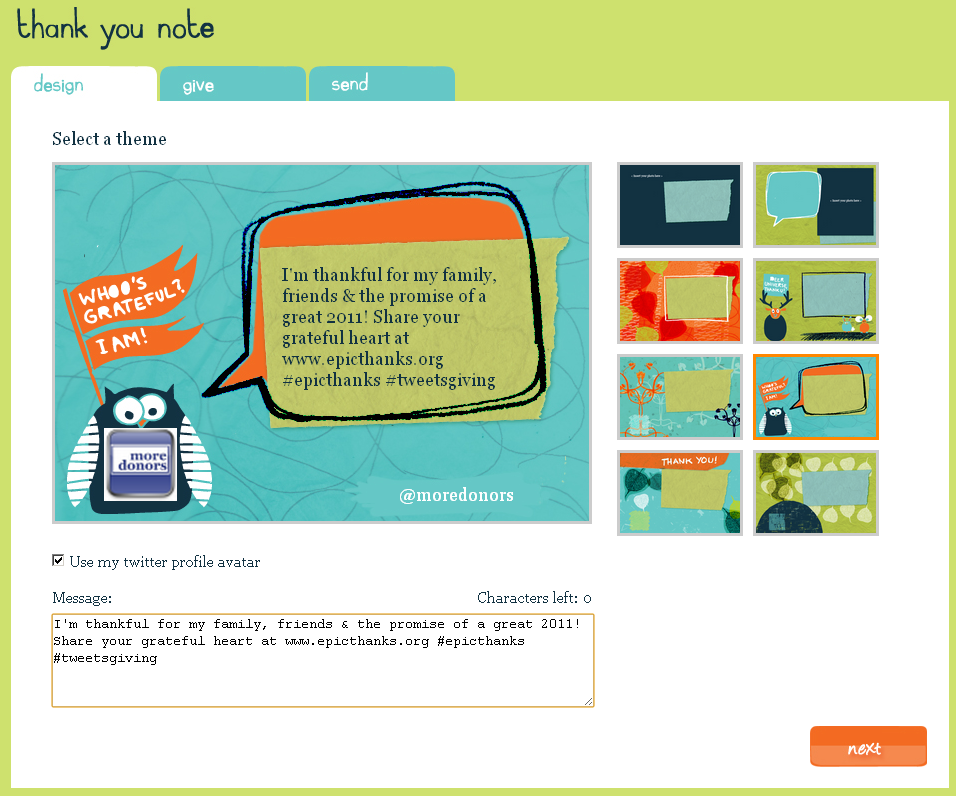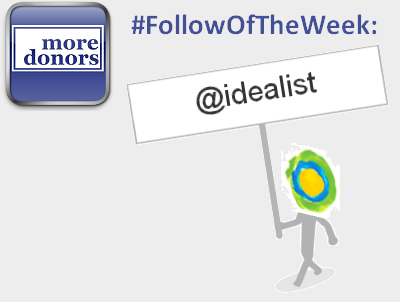
While I still am cautious about what lies ahead for nonprofits (I am anxious this December won't bring the significant spike in giving that we have seen in years past) at least one report indicates the worst of the recession may be behind us.
The November 2010 Fundraising Survey is a collaboration between Guidestar, the National Center for Charitable Statistics (NCCS), the Association of Fundraising Professionals (AFP), the Center on Philanthropy at Indiana University, Blackbaud, and the Foundation Center.
Between October 19 & November 3, 2010, representatives of 2,356 public charities and 163 private foundations took the group's online survey. The following is a modified excerpt from Guidestar's release.
--------------------------------------------------
The results are encouraging:
- The proportion of participants reporting decreased contributions dropped 14 percentage points, from 51 percent in October 2009 to 37 percent in October 2010.
- The percentage who said contributions had increased grew 13 percentage points, from 23 percent in October 2009 to 36 percent in October 2010.
- Larger organizations, those with annual expenses of $1 million or greater, were more likely to report increased contributions.
- For the eighth consecutive year, a majority (68 percent) of participants reported increased demand for their organizations' services.
- Half of the organizations represented in the survey receive the bulk of contributions during the last quarter of the year, the period known as the giving season. Of this number, 36 percent predict that contributions received during the fourth quarter of 2010 will exceed those from the last quarter of 2009, 43 percent expect end-of-year contributions to be about the same as last year, and 22 percent anticipate that end-of-year contributions will be lower.
- Nearly half (47 percent) of participants expect their organizations' budgets to increase next year.
--------------------------------------------------
The last bullet is the one I find most encouraging. While giving will have its cycles, the fact half of the participants are healthy enough to predict increased budgets is great news.
What do you anticipate happening in the months and years ahead? Is the worst behind us?
Image courtesy of Guidestar.

































